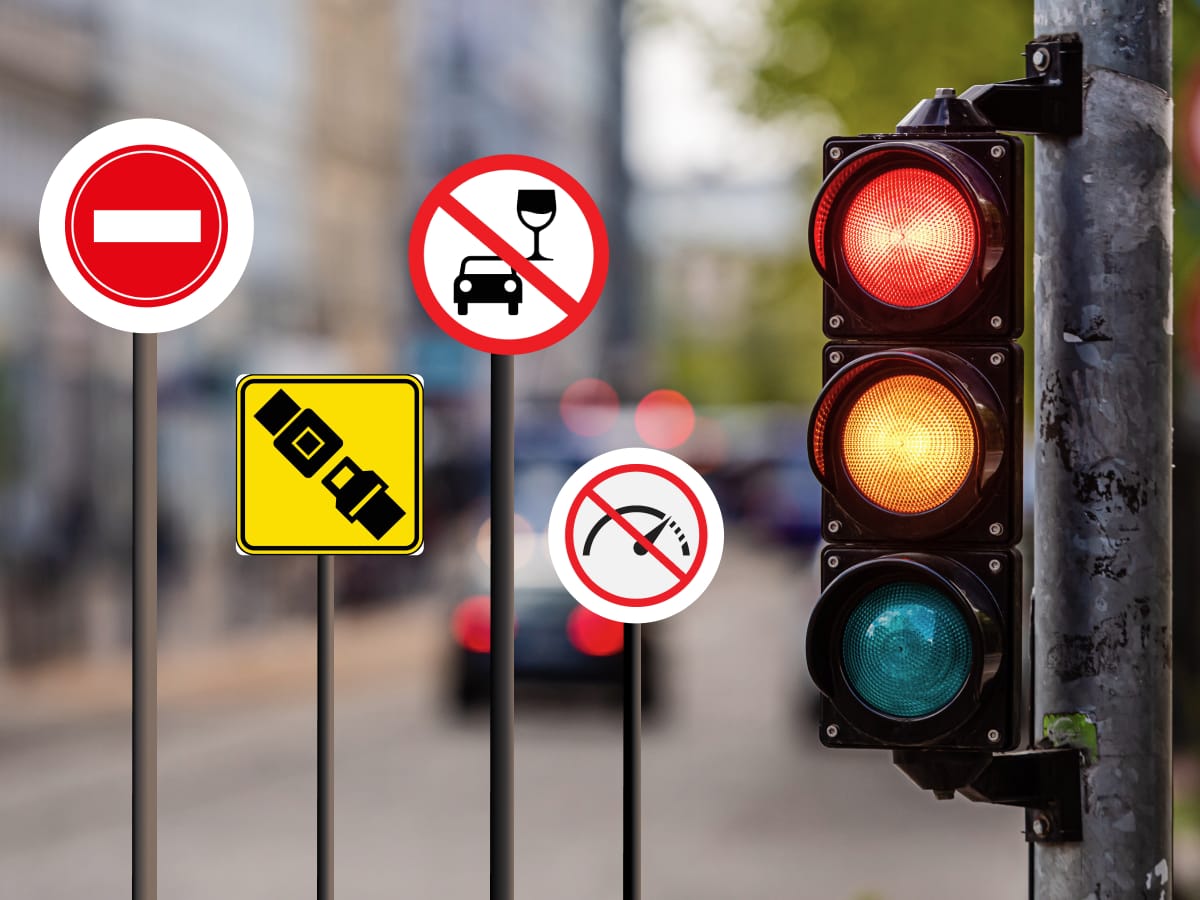A motorcycle ride is an opportunity for enjoyment and freedom. However, riding on the roads is not without risk. In the event of a collision, it can happen within a matter of seconds. Simple steps can help keep riders safe. Knowing the rights of a rider after an accident can help protect your health and your pockets. In this guide, you will learn eight important areas.
Each chapter provides clear instructions to take care of your riding and to recover quickly. No jargon. Straight talk to every rider. If you take the proper approach, every ride will feel more comfortable and safer.
Get Ready to Go
The protective gear is the primary security line. A properly fitted helmet reduces the risk of head injuries. Jackets made of leather or reinforced pants, gloves, and jackets are designed to protect skin from slides. Boots that protect the ankle provide security and support. Reflective patches help riders be more visible in the dark.
The investment in high-quality equipment will pay back in safety and comfort. Always secure zippers and straps fully. Make sure to clean and check the gear frequently to ensure that it is not damaged or worn out. Using the correct kit will give you confidence before the first turn on the throttle.
Master Defensive Riding
Being defensive means anticipating the unexpected. Take a look 10-12 seconds in advance for potential hazards, such as cars merging, potholes, and wildlife. Maintain a safe distance to allow enough time to stop. Consider that other drivers might not be able to see the bicycle. Check your mirrors every few seconds to be alert to vehicles in the rear.
Make sure to signal early and smoothly between lanes. Beware of blind spots and don’t try to weave between other traffic. Be cautious at intersections, even when there is are green light. The defensive riding style balances alertness and peaceful responses. It makes chaos manageable obstacles on any route.
Traffic laws are for all motorists, but the rules for bicycles can be different. Lane splitting is permitted on California highways with slow speeds. Other states ban it altogether. Being aware of local laws on speeds, U-turns, and helmets can prevent the levy of fines.
Certain states need eye protection or specialized lighting. Group rides are also governed by regulations regarding group formation and spacing. Maintain a current driver’s manual or an app that is reliable. Reviewing these rules regularly helps avoid unexpected situations on the road. Being in compliance with legal guidelines is the best method to be secure and avoid legal hassles.
Visibility is the Key
Even the most powerful helmet and lighting won’t do much in the event that no one is able to see the bike. Bright, contrasting gear boosts daytime visibility. Adding auxiliary lights or reflective tape to your bike will make a significant difference in the evening.
Flashing brake lights call attention to the speeding. Keeping eye contact with drivers at intersections can help confirm that they are seeing the biker. The position of the bike in the lane that is far from the blind spot helps the bike appear clearer in the mirrors.
The sound of a horn can signal an unintentionally distracted driver. Making yourself difficult to miss can reduce the possibility of getting lost in traffic’s blur.
Keep Your Machine In Top Shape
A clean and well-maintained bike runs more smoothly and brakes with greater ease. Make sure you check the tread depth and pressure of your tires every week. Examine the brakes, light, and turn signals prior to every trip. Keep chains lubricated and adjusted to the specifications of the manufacturer. The fluid levels–coolant, oil, and brakes should be within a safe range.
Broken or loose batteries can cause bigger problems on the roadway. Basic tasks are able to be completed at home using a few tools. Professionally scheduled services can spot issues that are not obvious earlier. A sound system means you won’t have to worry about it when you’re focused on the journey ahead.
In a rush, stopping can be a test for both the bike and the driver. Press the front brake lever gradually to prevent a lock-up. You can also apply the rear brake to ensure a balanced slowing. Maintain your body weight at a low level and shift your back a bit to keep the traction. Be careful not to grab both brakes simultaneously when turning, as this could cause a skid.
Make emergencies in a secure, open space to increase confidence. Smooth, firm pressure beats panic yanks. Knowing the feedback system of your braking system assists it in responding faster. Learning this technique can turn an accident into a close call with no injuries.
Post-Accident Steps
Even cautious riders can be at risk of an accident. The first step is to check for injuries, then proceed to safety, if you can. Get help from 911 and remain in a safe location. Take photos of the car, bike, or road conditions as well as damage.
Exchange insurance and contact information with the other party. Request witness names and statements whenever you are able. Inform your insurance company immediately. For serious situations, particularly when you’re within the Golden State, a Motorcycle accident lawyer protects your rights and deals with complicated lawsuits.
They can guide you through the process of filing forms, medical liens, and settlement negotiations. Professional advice and prompt action reduce the stress of recovery.
Claim Compensation
Repairs and injuries are costly. Keeping track of all medical bills, estimates for repairs, and payment records helps build a solid case. Calculate lost earnings to include time off from work. The claims for pain and suffering require precise descriptions of the effects that occur daily. An organized journal of symptoms and treatments can help quantify the non-economic loss.
Provide all information clearly to the insurance company and ask for fair compensation. If negotiations are not successful, a small claims court may be able to handle minor claims without the need for full lawsuits. For more substantial claims or severe injury, representation by a professional generally will yield more favorable outcomes. Understanding how to file a claim for compensation transforms a stressful circumstance into fixing the issue.
Conclusion
Safety on the road is more than just having good skills. It is about smart choices and solid rights. From getting ready to seeking legal advice, every step affects the experience and helps to recover. Secure steps, clear documentation, and a thorough understanding of the law safeguard both your rights and health. Maintaining visibility and maintenance reduces the risk of collision.
If accidents do occur, swift actions that are well-informed ease the process back. The combination of safety and knowledge makes every ride an exciting adventure. With confidence, riders can ride the roads with confidence and with a clear vision.





